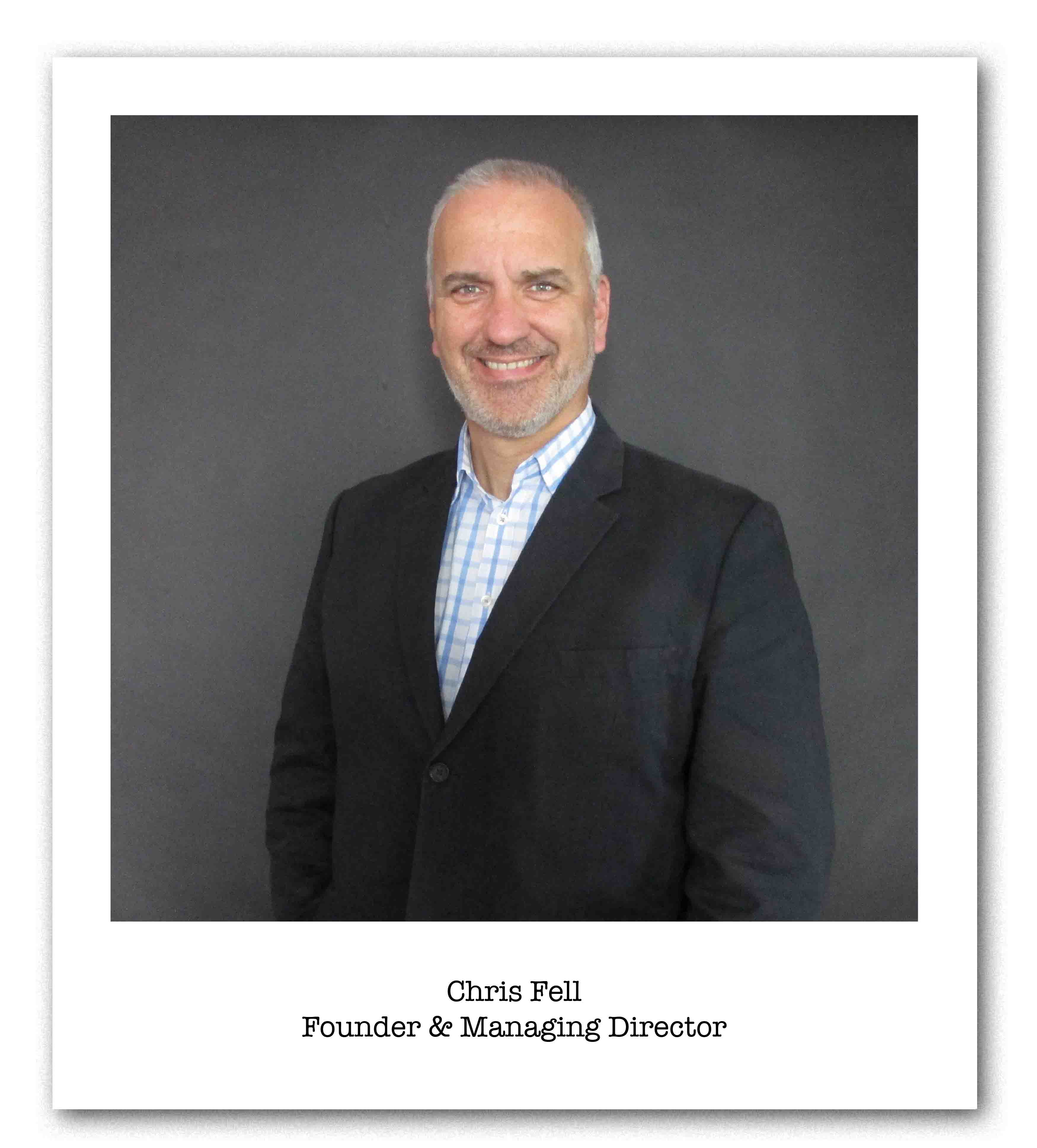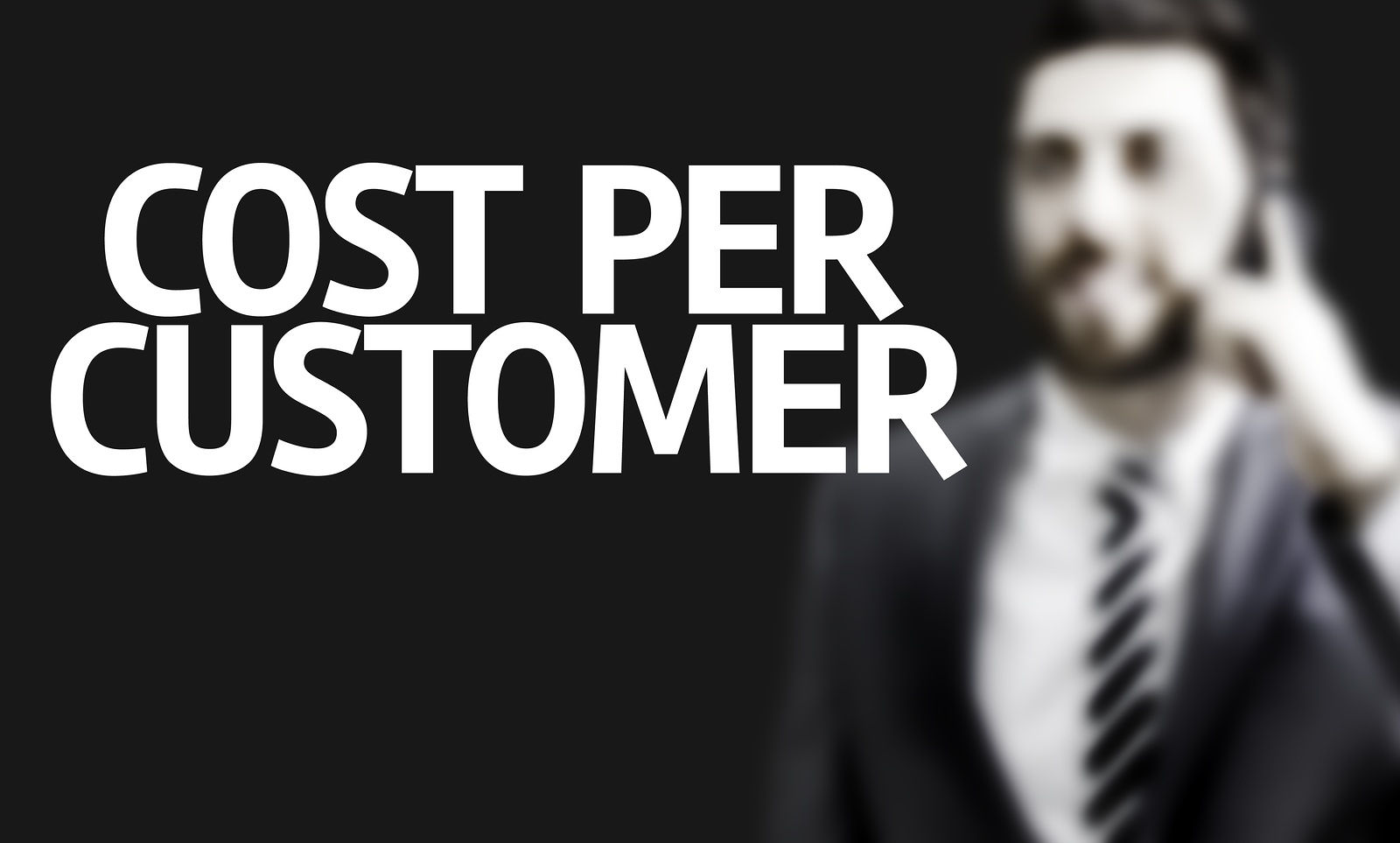BECOME W.I.S.E.R. with Your AI Prompts - A guide for sales managers
Everyone’s wittering on about AI like it’s the second coming. But here’s the rub: if you give it half-baked prompts, you’ll get half-baked answers....
3 min read
 Chris Fell
Updated on May 26, 2015
Chris Fell
Updated on May 26, 2015


The cost of customer acqusition (COCA) is a business metric every leader and marketer should be aiming to control. Controlling COCA is fundamental to building a scaleable business model. If your costs of acquiring new customers increases at the same rate as your revenue growth, your margins will be under pressure.
New highly efficient, primarily digital, methods of customer acqusition are quickly emerging, driving down costs by around 60% and creating real competitive advantage for those who get it right.
COCA is driven by your go to market funnel metrics. In other words, the time it takes a buyer to move from being a stranger to a customer (your funnel lag) and the amount of buyers who fail to progress from stage to stage of your buyer's journey (your funnel leakage).
Your funnel lag and funnel leakage make up your funnel's velocity and this crucial statistic tells you the volume of marketing and sales activity you need to achieve your revenue goals. The faster and greater the flow of buyers through your funnel, the lower your cost of customer acquisition.
Without knowing your lag and leakage you really are flying blind and performing what we like to call "random acts of marketing" - simply hoping that you are doing enough to generate the number of leads sales need. This is highly inefficient and quickly leads to escalating costs.
So with that in mind, here are 3 ways to boost your funnel velocity and control your COCA:
1) Focus on your personas
Carefully researching and understanding your target buyers is the crucial first step in controlling your COCA. Working hard to build a real understanding of your buyer personas - what makes them tick, their problems, their goals and KPIs, and importantly where they go to seek information and assistance - will allow you to craft content that is genuinely helpful, engaging and enticing. Showing you understand the world of your buyer builds trust between you.
Sure, survey or interview your current clients but also take time to have the difficult conversations with ex clients too, why did they leave you? Speak with your sales team or channel partners about the conversations they are having with prospects too. If you have the time and the money, a survey of target prospects is invaluable. Try to mix up formal structured surveys with face-to-face interviews with a number of select buyers. Ask less structured questions and encourage them to talk about themselves; sometimes what you hear is not what you expect. This information can be gold. Regularly conduct these surveys, at least once every six months. Use what you learn to develop and refine your positioning and messaging.
Focus is the key. You may well find you need to target multiple personas. If so, fine, but realise that every persona has their own set of problems, goals, ambitions and dreams, and will require their own set of content and campaigns to engage with them. Be very wary of hedging your bets and blending personas into an amorphous "lump" of conflicting and confusing problems. You will lose clarity in your messaging and positioning as you hedge your bets and your buyers' engagement levels will drop.
With a clear, focused strategy for your buyers and armed with juicy data from your surveys, you can generate a content strategy that is:
With this high octane fuel for your lead generation engine, you'll maximise your funnel velocity. In other words, the speed and volume of leads that flow through your funnel as your buyers will be highly engaged.
3) Test, analyse, change, retest
The best laid plans are still only that: a plan, a theory, a hypothesis. It's not until you start running your campaigns, generating qualified leads, and sales start making appointments for meetings and submitting proposals, that we know if we were right or not.
It's important from the outset to design closed loop analytics. That is, start with your business' revenue goals and work your way back "up the funnel" using your lag and leakage conversion rates so you have a model of your funnel. Then, test the actual conversion rates against that model. Look for the gaps. Try new tactics - a different channel and new piece of content to see what works best. By continually tweaking your buyer's funnel you will optimise your funnel velocity.
By applying these three essential steps, the quality of your contacts and leads and your conversion rates will improve. It's like running your engine on premium fuel; your engine works more efficiently and produces more power for every drop of petrol that's in the tank. The result is dramatically reduced COCA. This methodology has been shown to reduce customer acquisition rates by around 60%.
If you'd like to find out more, we are running a series of short one hour seminars for business leaders in major cities around Australia, starting with Brisbane on June 3rd. It's free to attend. Register your interest here.
Subscribe to our latest news and updates on HubSpot.

Everyone’s wittering on about AI like it’s the second coming. But here’s the rub: if you give it half-baked prompts, you’ll get half-baked answers....

The business world is falling head over heels for AI—and who can blame it? With promises to reduce grunt work, uncover insights, and turbocharge...

Search is evolving - fast. For two decades, SEO has revolved around Google’s algorithm: keywords, backlinks, metadata, and page speed. But with the...